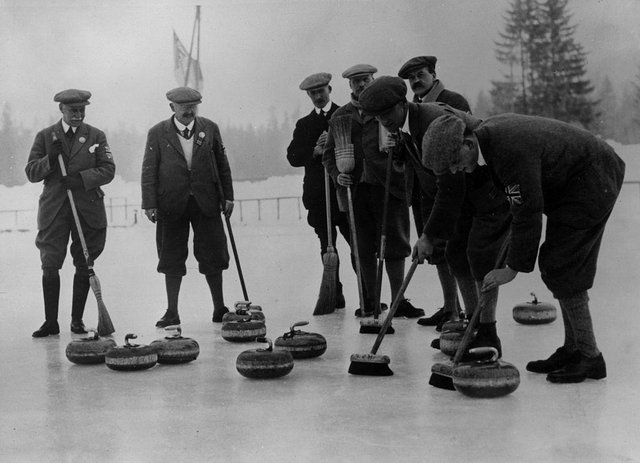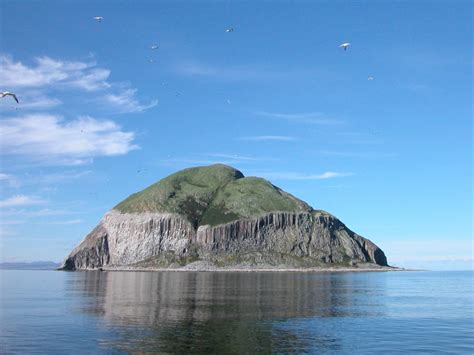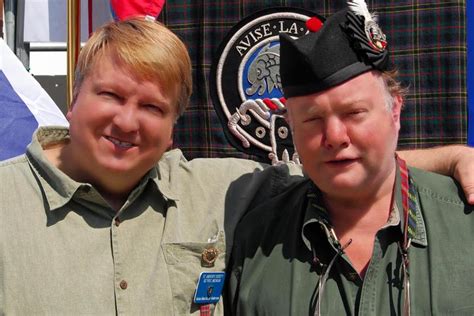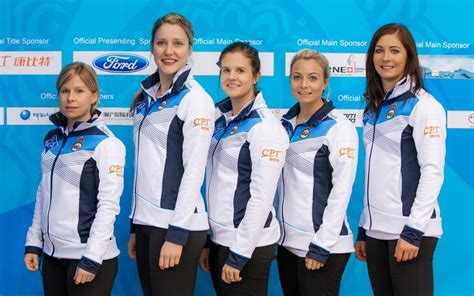Catherine McKinley
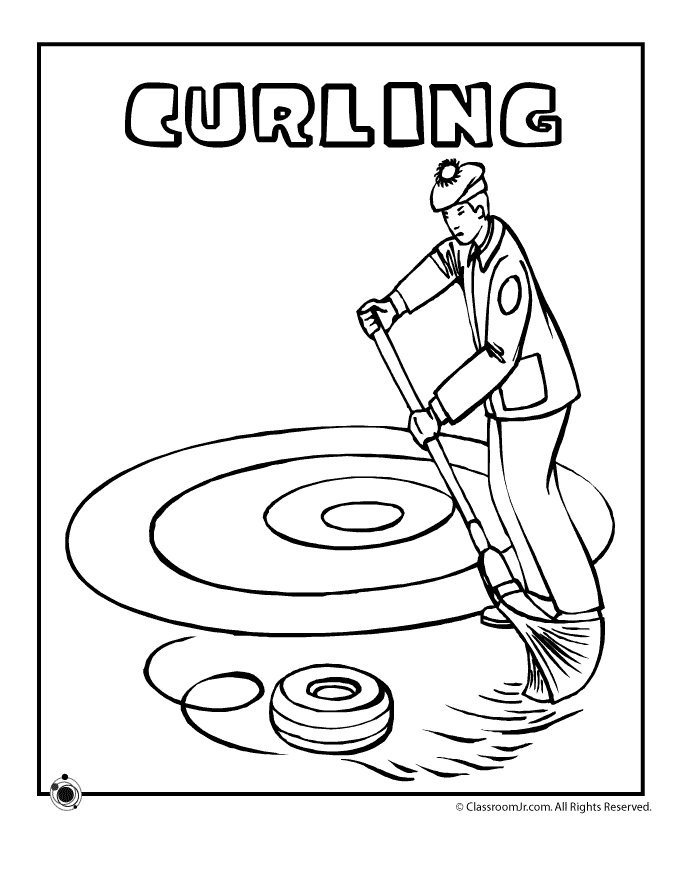
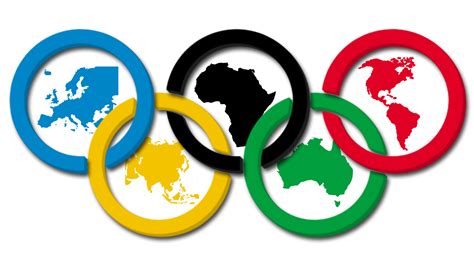
Those watching the recent Winter Olympics may have seen the event called “curling” and noticed the teams make their entrance led by bagpipers playing “Scotland the Brave.” This is due to the sport originating in 16th century Scotland. A curling stone, inscribed with the date of 1511, was found when an old pond was drained at Dunblane, Scotland.
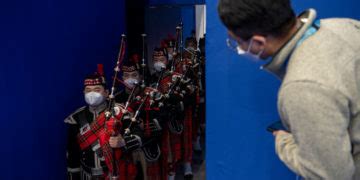
A modern and ongoing Scottish connection is that “Every single Olympic curling stone comes from this little island off the coast of Scotland called Ailsa Craig. And no other stone curls like an Ailsa Craig stone,” says Erika Brown, a former skip (captain) of Olympic Curling Team USA. There are other curling granite quarries around the world, however it is Scottish Ailsa common green and blue hone granite that is the absolute BEST. “For us curlers,” Ms. Brown explained, “the island is a mystical place” It was owned by Scottish Peer Archibald Angus Charles Kennedy, 8th Marquis of Ailsa, (pictured below right) until his death in 2015 and has since been for sale.
Ailsa Craig granite is the hardest and purest found anywhere and maintains its shape despite the wet conditions of the ice surface on which curling is played. Common green granite is used to create the body of the Olympic curling stone. Blue hone granite is then fitted to the body to form the running band, the part which touches the ice.
Ailsa Craig is a small island (220 acres), formerly occupied, now uninhabited by humans. Instead, it’s a highly populated bird sanctuary. The granite miners commute to, instead of reside on, the island. It contains the ruins of a castle and has an operational boat dock and computerized lighthouse.
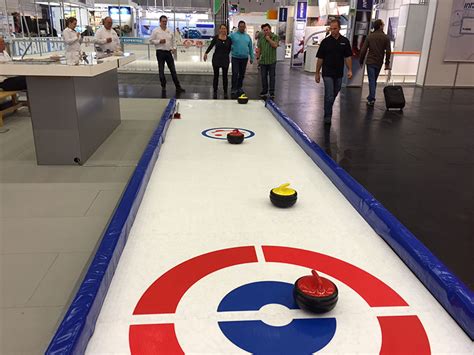
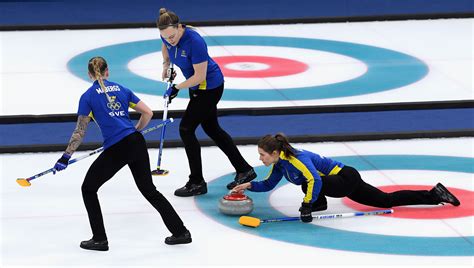
Curling is called such because of the way the stones curve, or curl, as they travel down the path toward the target, called the “house.” Curlers put a spin on the stone as they release them. Sweepers, wearing special shoes and with custom brooms, control the direction and speed of the stone by clearing a path on the ice surface. The aim is to get their stone into the circle while also knocking others stones out. The team with the most stones closest to the center of the house are the winners.
14 countries have curling teams at the 2022 Winter Olympics. Scottish curlers are members of Curling Team Great Britain.
